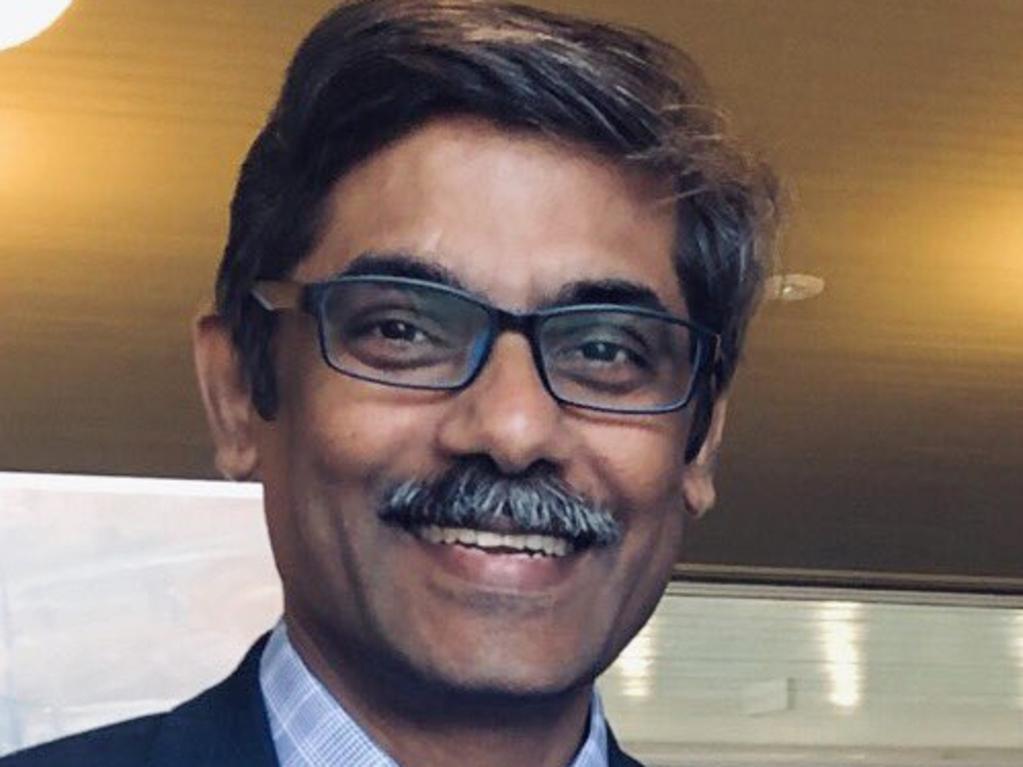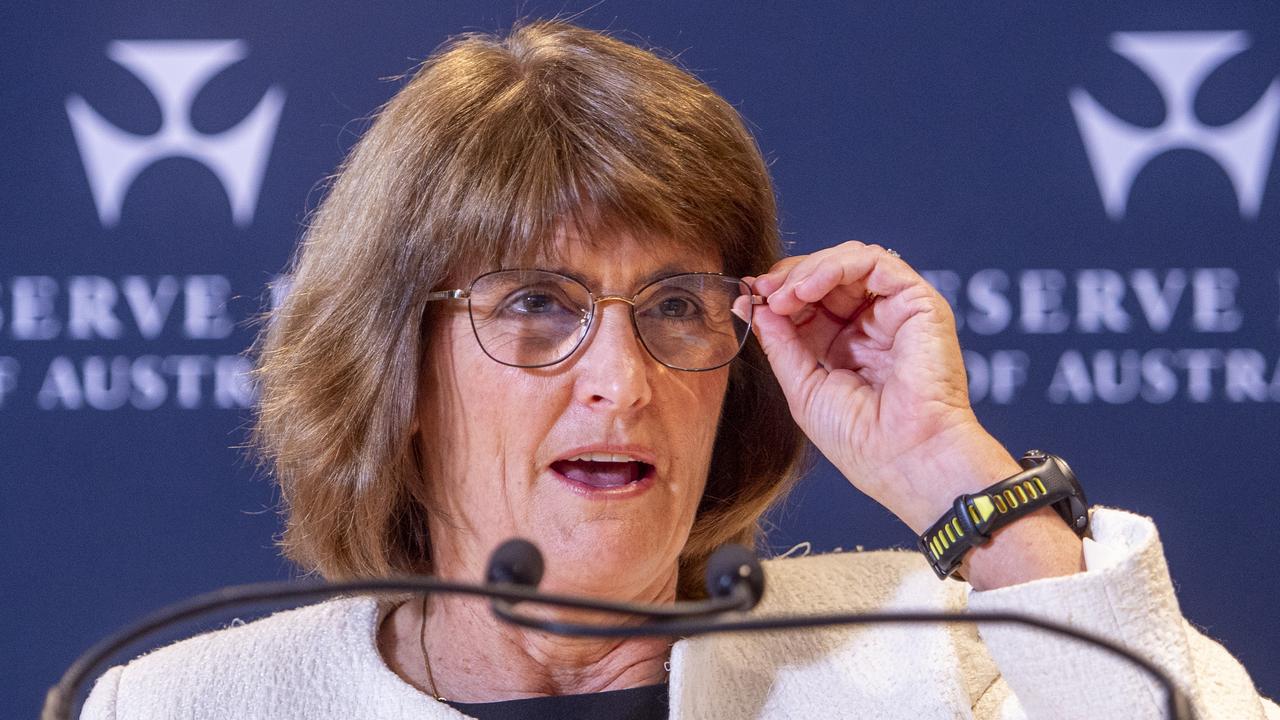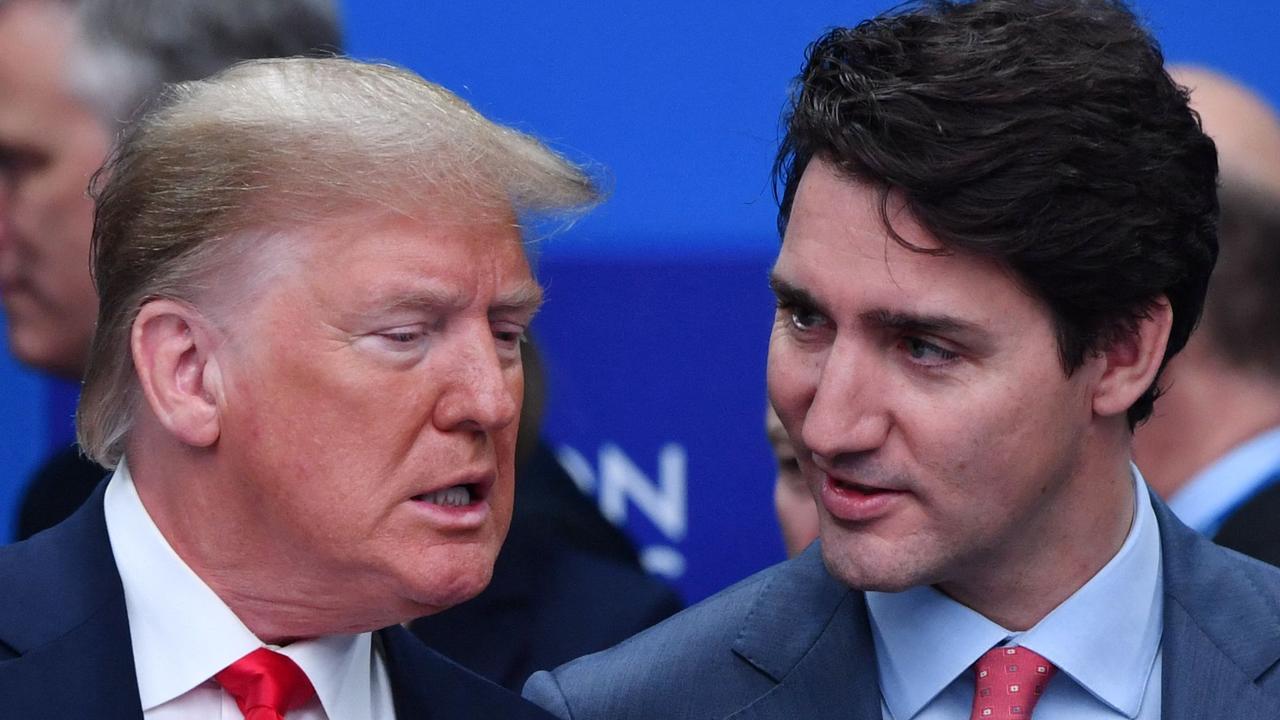Covid-19 retreats in the west, but the pandemic fight is far from over
The centre of the global pandemic has shifted decisively to low- and middle-income countries, fueling sickness and death on a terrifying scale.
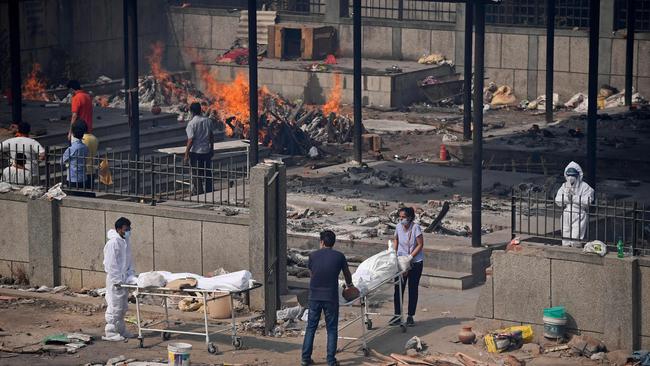
The centre of the global Covid-19 pandemic has shifted decisively to low- and middle- income countries, fueling sickness and death on a scale that trends suggest could quickly exceed the world-wide toll in 2020.
Already this year, more than 1.4 million Covid-19 deaths have been reported globally as the virus has torn through Latin America and swaths of Asia, according to official tallies compiled at the University of Oxford.
With global recorded deaths rising by about 13,000 daily, the virus’s toll looks set within weeks to surpass the 1.8 million deaths recorded for the whole of 2020.
Patchy recording of cases and deaths means all those figures are almost certainly underestimates, disease experts say.
India continues to set world records in new cases, with the virus overwhelming hospitals in many areas. It reported more than 400,000 new daily cases on Thursday for the second time in a week, according to government data, bringing the total to more than 21 million.
From Nepal and Iran to Uruguay and Argentina, health systems are buckling as patients swamp hospitals, compounding the disease’s deadly toll.
In some countries, oxygen is running low and intensive-care units are brimming. Crematoriums are running full tilt. New variants of the virus are advancing faster than overworked labs can track them.
“This is like a war,” said Uruguay’s Health Minister Daniel Salinas. At the turn of the year, Europe and North America were in the eye of the Covid-19 storm, recording 72% of daily global cases and 73% of daily deaths as a winter surge gripped the rich world.
Now those regions account for 22% of daily cases and 28% of deaths, with Latin America, Asia and Africa together notching 78% of daily cases and 72% of deaths.
The turnaround has been propelled largely by mass vaccination. The U.S. and chunks of Europe are now looking forward to an economic revival and a summer more or less free of onerous public-health restrictions as high-tech shots protect increasing numbers of people from infection and illness.
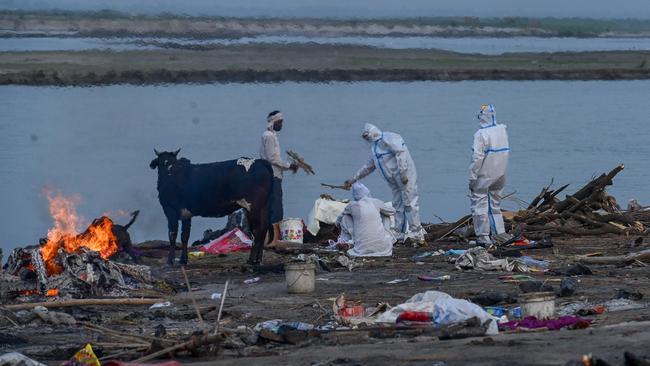
The shift may not be permanent: The virus has ebbed and flowed unpredictably since it emerged. Variants of the virus able to escape vaccines — incubated as the pandemic rages elsewhere — could spread into the West. Vaccine rollouts in poor countries could accelerate, possibly helped by vaccine donations from richer countries and a world-wide increase in vaccine production.
Epidemiologists and public-health experts say the West must move quicker to help the developing world bring the pandemic under control with cash, expertise, medicines and, above all, vaccines. Not just to save lives, they say, but to reduce the risk that the virus ricochets back.
“Since we are living in an interconnected and interlinked world, pandemics like this spare no one and no one is safe,” Nepal’s prime minister, K.P. Sharma Oli, said Monday, appealing for international help as the virus races through the tiny Himalayan republic.
The World Health Organization says there have been 5.6 million new cases of Covid-19 reported world-wide and more than 91,000 deaths over the past seven days.
India alone accounted for almost half those cases and a quarter of the fatalities. Almost 17,000 deaths were reported in Brazil. On a per capita basis, recorded Covid-19 deaths in the past week have exceeded those in India in countries including Uruguay, Paraguay, Brazil, Peru and Colombia, and in poorer pockets of Eastern Europe.
Thailand recorded more than five times as many Covid-19 cases in April as it did through all of 2020. Infections in the Philippines reached new highs last month and remain well above last year’s peak. Cambodia, which avoided large outbreaks in the pandemic’s first year, has reported hundreds of infections a day in recent weeks, prompting strict restrictions that are hitting communities hard.
Only Africa has for the most part avoided the latest wave, though the continent has already reported 57,000 certified Covid-19 deaths so far this year, compared with 65,000 in 2020.
“The disease is out of control in many parts of the world, and is potentially going out of control in other parts that have been relatively spared,” said Martin McKee, professor of European public health at the London School of Hygiene and Tropical Medicine.
Behind the surging pandemic are multiple variants of the virus that spread more readily than older versions, and may be causing more severe disease. Religious festivals and other mass gatherings in India and elsewhere have seeded the virus and its evolutionary progeny far and wide.
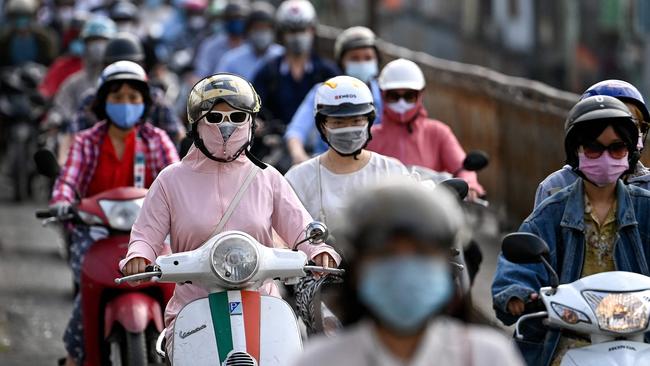
Rickety health systems mean not everyone can get the help they need. Social distancing isn’t straightforward when families live cheek by jowl and government support for workers to isolate is scant, if it exists at all. Keeping economies in the deep freeze for long stretches to suppress transmission is easier for rich countries than poor ones.
Vaccines are in short supply in low- and middle-income countries, partly because rich nations have bought up many more doses than they need and production hasn’t kept pace with demand, squeezing the number of shots available for Covax, an initiative to vaccinate poor countries.
Exacerbating the problem is the scale of the epidemic in India, the world’s largest vaccine producer, which has halted exports to pump shots into arms at home. The WHO said this week that 100 million doses of vaccine exports expected from India and destined for other developing nations haven’t yet been dispatched.
In the U.S., 45% of people have received at least one dose of vaccine. In the European Union, a quarter have. That compares with 12% in South America and 4% in Asia. Fewer than 1% of the population of Africa have been given a shot.
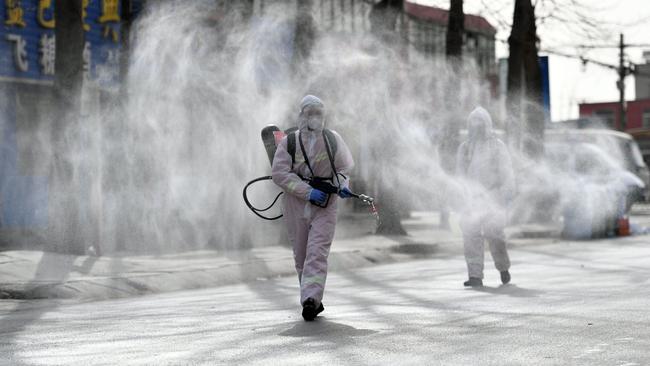
The U.S. on Wednesday said it would support a temporary waiver of intellectual property protection for Covid-19 vaccines, a move that could boost production, though vaccine makers say the chances of that happening quickly are slim given the complexities of manufacturing.
Doctors say they need vaccines now to protect those most vulnerable from getting sick. “What’s important is to reduce the number of cases that end up in an ICU. This is what paralyzes the country, damages the economy and the health system,” said Daniel Goleniuk, a director of a Uruguayan hospital group in Rivera, on the border with Brazil.
Disease modelers expect the pandemic to get worse before cases and deaths start to ebb. New daily cases in India could more than double by the middle of May to 800,000 to one million cases a day, said Bhramar Mukherjee, professor of biostatistics and epidemiology at the University of Michigan.
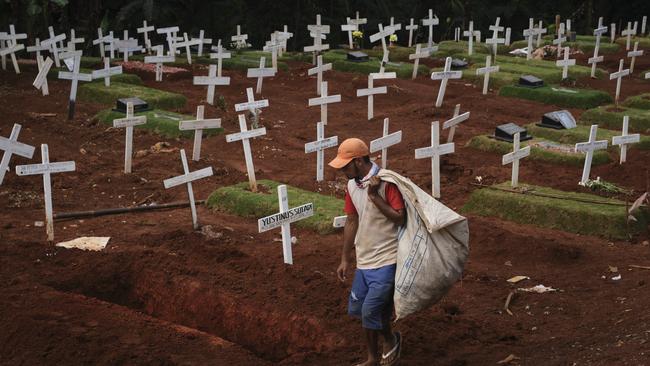
Deaths in India could peak at more than 12,000 deaths a day in the third week of May, according to modeling by the Institute for Health Metrics and Evaluation at the University of Washington, up from 3,000 a day currently. By August, the cumulative death toll could reach one million people in India, IHME’s model shows.
In Colombia, deaths have skyrocketed to more than 500 a day this week, a record high. Argentina’s government imposed new restrictions on businesses and closed schools again as infections hit a new high in April.
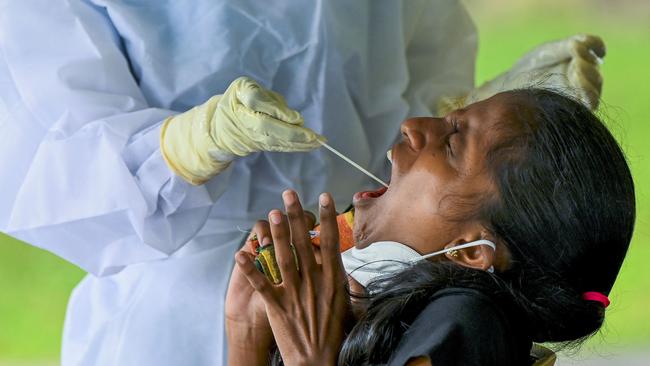
In Peru, April was the deadliest month since the pandemic began.
Hellen Ñañez spends her days outside a hospital in the Peruvian town of Pisco waiting for news about her father, who was recently admitted into the critical-care unit after trying to get a bed for two weeks. Thirteen members of her extended family have already died from the virus, she said. Another, an aunt, was just admitted to a hospital with severe symptoms.
“I don’t know what to feel anymore,” she said. “We don’t have much hope. This is horrible.”
WSJ


